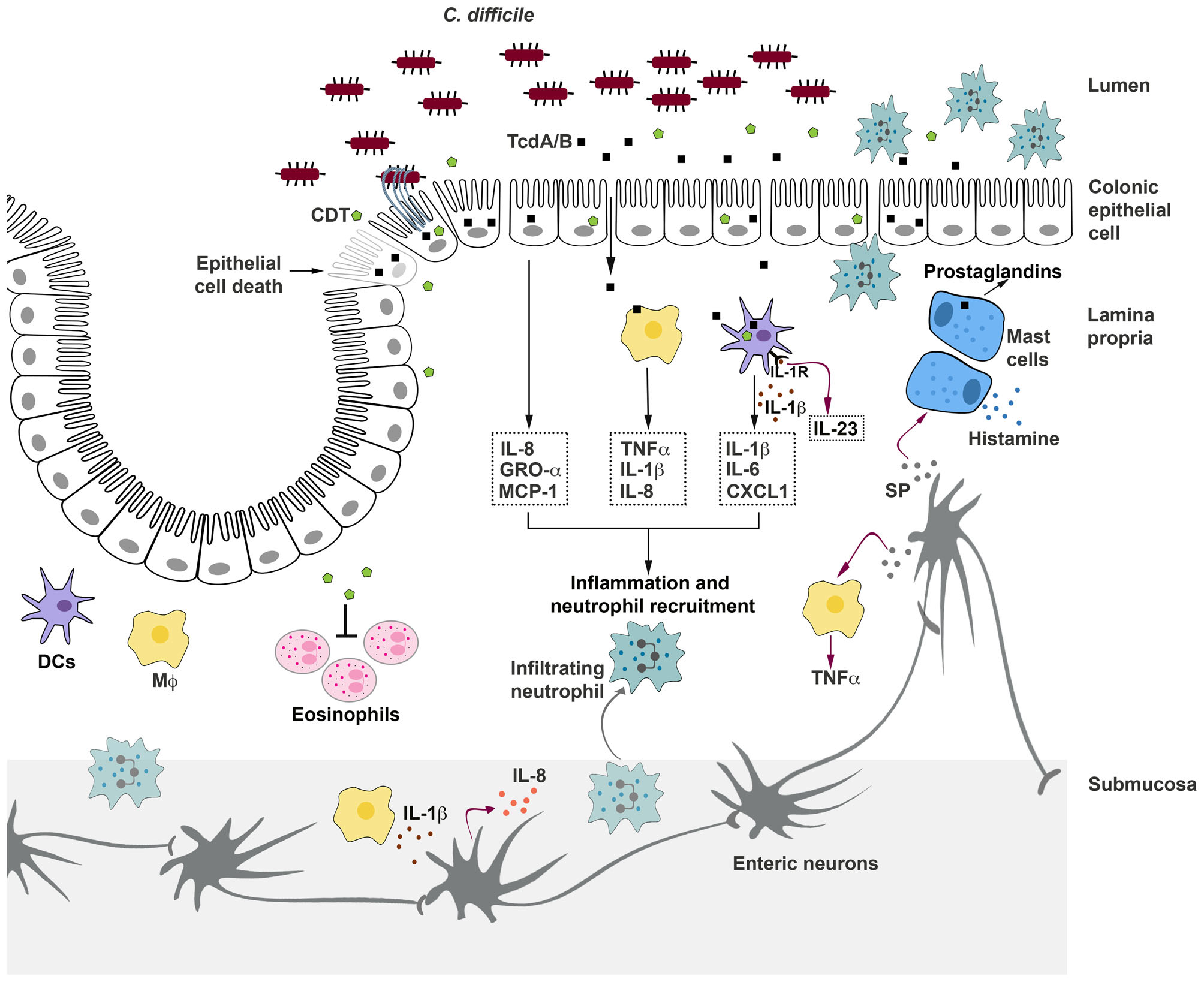Borden Lacy
Department of Pathology, Microbiology and Immunology (PMI)
Department of Biochemistry
Vanderbilt Center for Structural Biology (CSB)
Vanderbilt Institute for Infection, Immunology and Inflammation (VI4)
Molecular Biophysics Training Program
Vanderbilt Institute of Chemical Biology (VICB)
Epithelial Biology Center (EBC)
Vanderbilt Digestive Diseases Research Center (VDDRC)
Pathogenic bacteria have evolved a diverse array of mechanisms for delivering toxins and other virulence factors into the interior of host cells. Studying the molecular structures of these virulence factors alone and in complex with host receptors, membranes, and inhibitors can lend insight into how these delivery processes occur and how these processes can be exploited or prevented. Current research in the Lacy laboratory is primarily focused on the structure and function of large clostridial cytotoxins, including the two toxins responsible for symptoms in Clostridium difficile infection. Structural biology is combined with cellular, tissue, and animal models of intoxication and infection to understand the toxin-host interaction at the molecular level. In addition, we aim to identify new toxin inhibitors using both rational design and high-throughput screening approaches.

Pathogenic bacteria have evolved a diverse array of mechanisms for delivering toxins and other virulence factors into the interior of host cells. Studying the molecular structures of these virulence factors alone and in complex with host receptors, membranes, and inhibitors can lend insight into how these delivery processes occur and how these processes can be exploited or prevented. Current research in the Lacy laboratory is primarily focused on the structure and function of large clostridial cytotoxins, including the two toxins responsible for symptoms in Clostridium difficile infection. Structural biology is combined with cellular, tissue, and animal models of intoxication and infection to understand the toxin-host interaction at the molecular level. In addition, we aim to identify new toxin inhibitors using both rational design and high-throughput screening approaches.
Keywords: Clostridium difficile , bacterial pathogenesis , toxins , structural biology , electron microscopy , crystallography
Research Area: Structural Biology , Drug Design , Host-Pathogen Interactions , Epithelial Biology , Bacteriology , Molecular Pathology